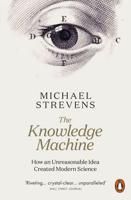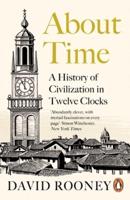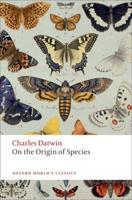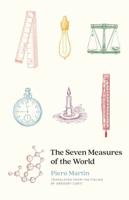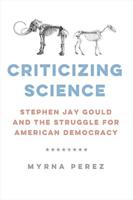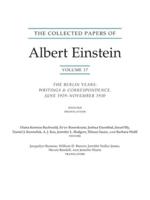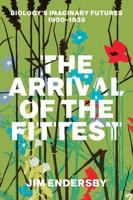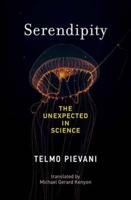Publisher's Synopsis
Henry Walter Bates (1825-1892) was a British naturalist and explorer with a keen interest in entomology. In fact, his interest in insects was so encompassing that in 1844 Bates inspired equal enthusiasm in his new colleague and friend, Alfred Russel Wallace. Four years later, Bates and Wallace embarked on an extended expedition to South America to explore and collect insect specimens for museums and private collectors back in England. The two naturalists traveled the Amazon rainforest together for about two years, and then struck off to different regions to pursue their own interests. Bates remained in South America longer than Wallace - a full 11 years - before returning to England in 1859. Back home, Bates reflected on his insect collections, and developed the first scientific account of mimicry in animals. Mimicry has since become a standard paradigm in biological thought, and concrete evidence for the theory of evolution by natural selection. Not surprisingly, it was Charles Darwin, himself, who encouraged Bates to publish "The Naturalist on the River Amazons." The sumptuous depictions of his travels in South America provide an intriguing insight into both the perspective and aspirations of this man and his time. "The Naturalist on the River Amazons" was originally published as two volumes in 1863; however, only one year later, Bates published a much abridged second edition in a single volume that, unfortunately, has become the standard version in today's marketplace. Now, Briar Bird Press is offering a return to the original two volume set. Volume 2 of "The Naturalist on the River Amazons" is the fourth entry in the Foundations in Biological Thought series; volume I is available as Foundations in Biological Thought, no. 3. The series presents the pivotal works of 19th century naturalists remastered for modern readers. Meticulously edited, these volumes preserve the author's intent in design and content, including the manuscript's original annotations and amendments. In addition, revised page references and editor's notes are included throughout to retain the utility of the works for both study and reference.

